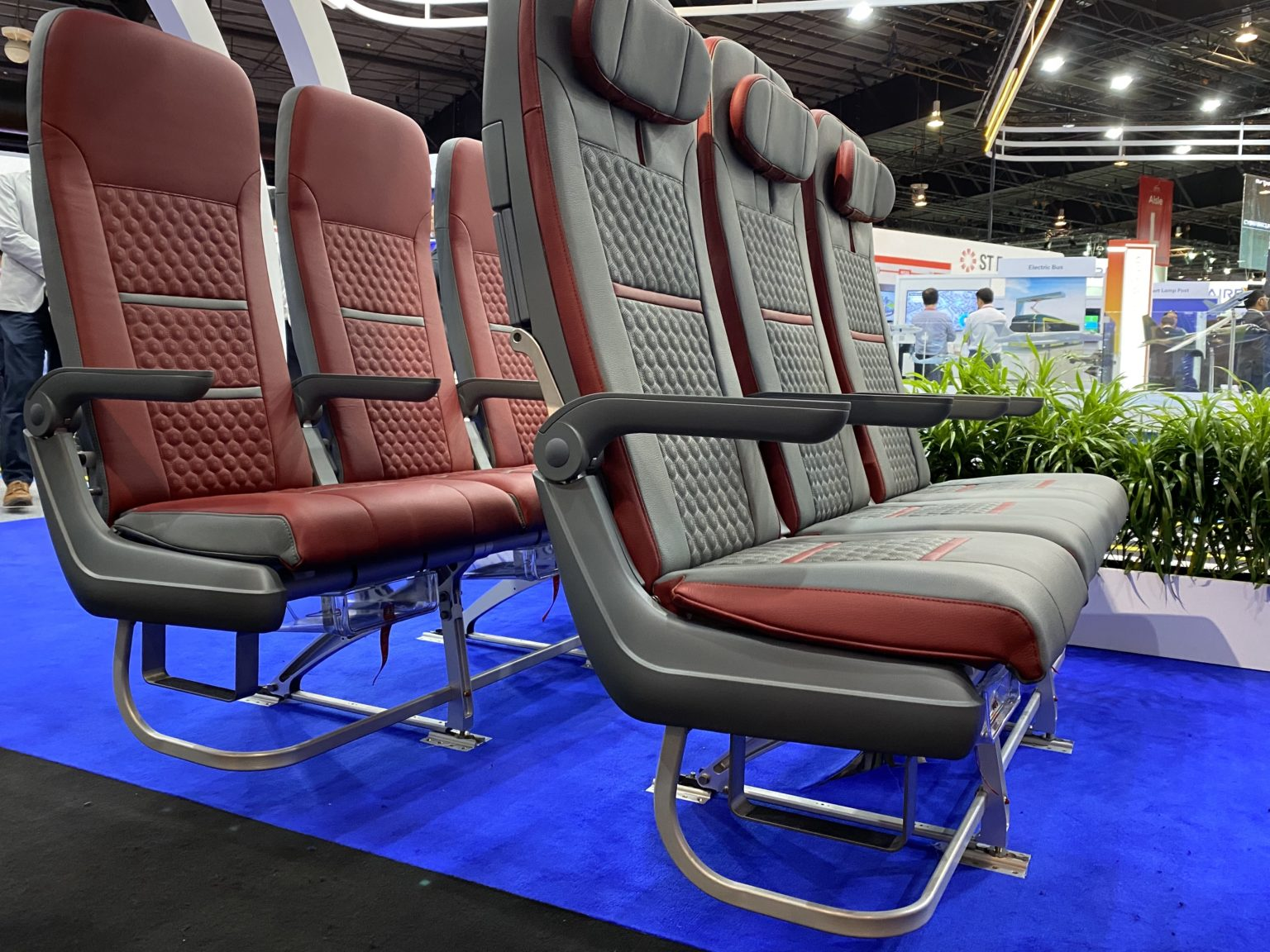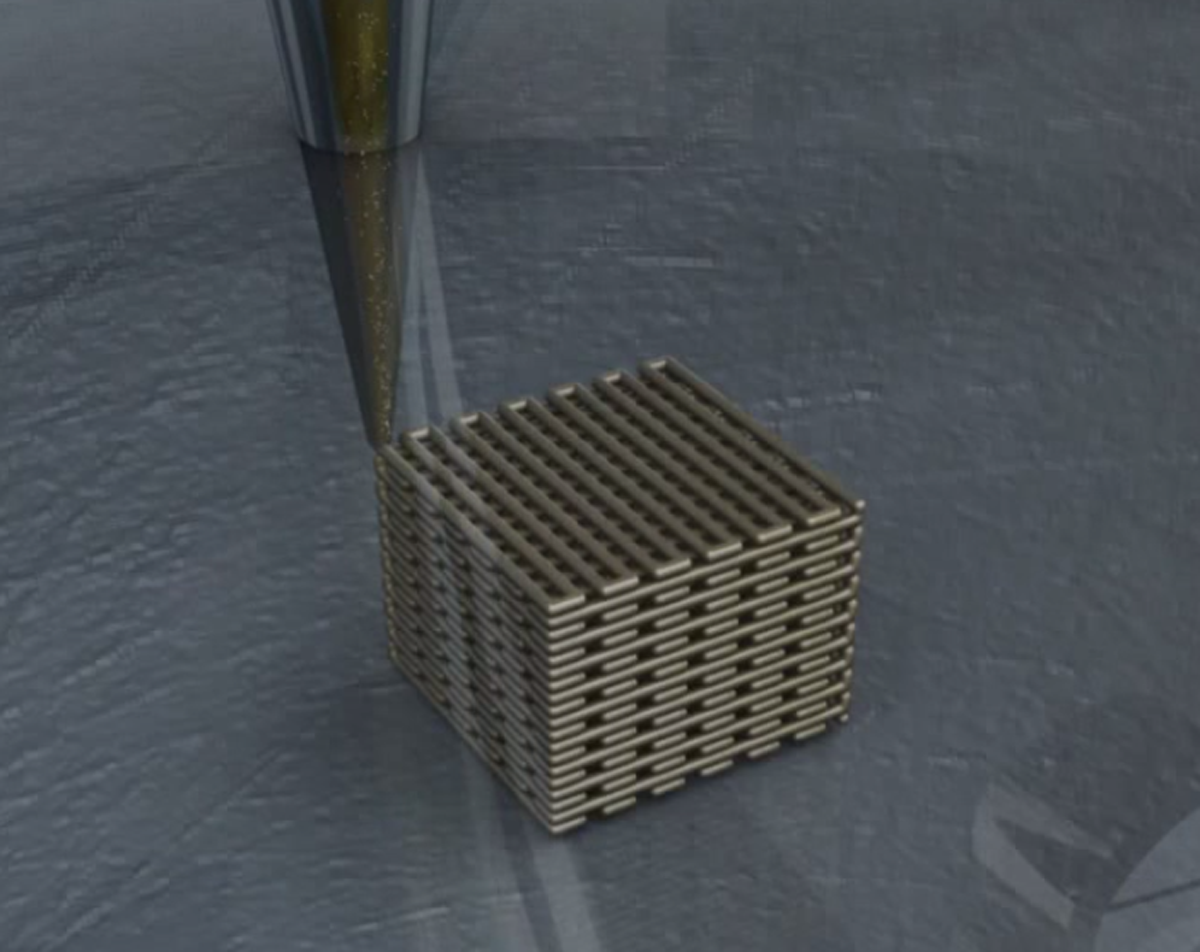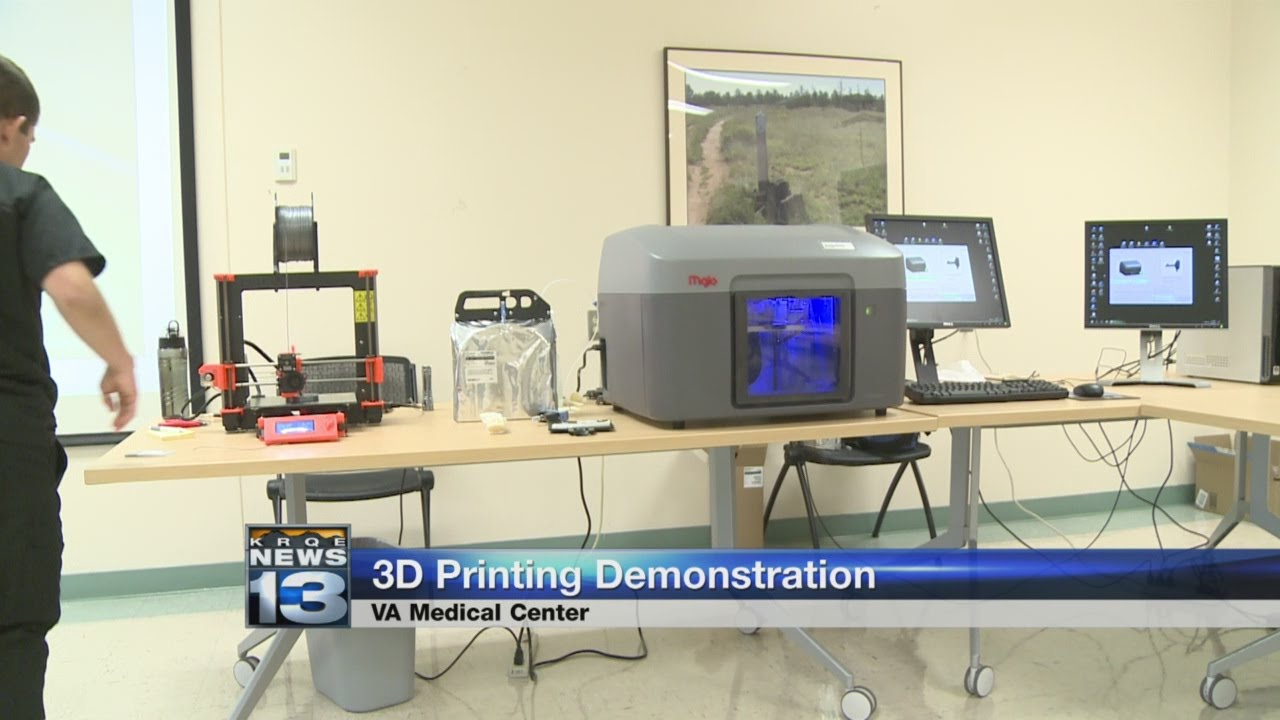The innovation of the **3D printer** has transformed how industries approach design and prototyping. Among the leaders in this technology is Stratasys, renowned for their line of professional 3D printers, including the recently launched F123 Series. This range, utilizing FDM technology, allows design workgroups to create high-quality models quickly and efficiently through rapid prototyping. With three models to choose from—F170, F270, and F370—users can select the ideal build size to match their project needs. The versatility of the F123 Series, along with four types of polymer filament, positions Stratasys at the forefront of 3D printing for design, making it an essential tool for modern manufacturing.
In the realm of additive manufacturing, devices such as the Stratasys F170, F270, and F370 represent cutting-edge technology. These professional 3D printers are engineered specifically for workgroups engaged in conceptual development and rapid model creation. Leveraging fused deposition modeling (FDM), these machines are designed to enhance workflow efficiency and improve accuracy in prototype production. The ability to switch between various polymer materials broadens the potential applications for these printers, making them invaluable in diverse industries. As designers, engineers, and companies embrace the capabilities of 3D printing, tools like the Stratasys F123 Series will lead the charge in transforming how products are conceived and brought to life.
Unveiling the Stratasys F123 Series: A Revolution in 3D Printing
Stratasys Ltd. has launched its innovative F123 Series of professional 3D printers, specifically designed for design workgroups focused on rapid prototyping. This new line of printers, which includes models F170, F270, and F370, utilizes advanced Fused Deposition Modeling (FDM) technology, emphasizing efficiency and precision. Measuring approximately the size of a stacked washer and dryer, these printers are built to integrate seamlessly into various work environments, making them an excellent choice for teams eager to enhance their prototyping processes.
The F123 Series is not just about compact size; it also delivers impressive performance and versatility. Capable of working with four types of polymer filaments in up to 10 colors, these printers open up a world of opportunities for designers and engineers. The introduction of Fast Draft Mode, which employs polylactic acid (PLA), enables cost-effective and rapid prototype creation, catering to the fast-paced demands of modern design work.
Rapid Prototyping: The Game Changer in Design Processes
Rapid prototyping is an essential service for design teams, and Stratasys’ F123 Series significantly enhances this capability by providing high-quality, quick-turnaround prototypes. Jesse Hahne from the Center for Advanced Design emphasizes how the F370 model consistently produces accurate prototypes that align with CAD outputs, reflecting the impressive dimensional accuracy of these printers. This precision allows teams to iterate designs rapidly, obtaining physical samples to showcase to customers in minimal time.
The ability to quickly create prototypes not only streamlines the design process but also fosters collaboration within teams. The enhanced speed of the F123 Series promotes a more dynamic workflow, enabling designers to test and refine their ideas in real-time. As companies strive to bring innovative products to market, the rapid prototyping capabilities offered by Stratasys will be critical in staying ahead of competition and satisfying market demands.
Exploring Material Versatility in 3D Printing
The Stratasys F123 Series distinguishes itself with its compatibility with various materials, including production-grade acrylonitrile styrene acrylate (ASA) and acrylonitrile butadiene styrene (ABS). The use of ASA, recognized for its weather resistance, is particularly valuable in automotive applications, where durability is key. Similarly, ABS materials deliver strong, impact-resistant parts, making them ideal for prototyping applications that require robust physical models.
By offering a diverse range of filaments, the F123 Series empowers teams to select materials based on specific project needs. Whether creating aesthetic design models or functional prototypes, the flexibility provided by the F123 Series not only enhances creativity but also encourages the experimentation necessary for innovative designs, paving the way for advanced product development.
User-Friendly Features of the Stratasys F123 Series
With an emphasis on user experience, the F123 Series integrates a touchscreen interface enabling intuitive operation. This allows users, regardless of their technical expertise, to navigate the printing process easily. Additionally, the capability to control the printers remotely via a networked computer or portable device significantly enhances usability, permitting designers to monitor projects from anywhere within the workspace.
Stratasys has streamlined the installation and material change process as well, making it both quick and hassle-free. By minimizing the complexity of these operations, the F123 Series encourages frequent use and adaptation, further solidifying its role as an essential tool in any modern design team’s arsenal. These user-friendly features ensure that professionals can focus on design work rather than troubleshooting technical challenges.
Advanced Design Collaboration with Stratasys
Collaboration is pivotal in design, and Stratasys acknowledges this by working with Designworks, a renowned industrial design firm. The partnership has resulted in the aesthetically pleasing and ergonomically sound design of the F123 Series, aligning with modern expectations of workspace technology. The collaboration showcases Stratasys’ commitment to blending functionality with an engaging user experience.
Furthermore, the integration of proprietary Insight slicer software into the F123 Series ensures compatibility with nearly any CAD file, enhancing collaborative efforts. This seamless integration of design software and physical prototyping capabilities offers teams the opportunity to iterate and innovate more freely, resulting in higher-quality outputs that align closely with creative intentions.
Cost-Effective Prototyping with the Stratasys F123
Cost is always a consideration in design and manufacturing, and the Stratasys F123 Series aims to make 3D printing accessible without compromising quality. The introduction of Fast Draft Mode not only speeds up the prototyping process but also lowers the cost per piece, allowing designers to produce multiple iterations without straining budgets. This economical approach to rapid prototyping makes it a favored choice for small businesses and startups eager to leverage advanced technology.
The ability to utilize materials like PLA, which are cost-effective yet reliable, reinforces the F123 Series as a practical solution for proactive design teams. By focusing on affordability without sacrificing performance, Stratasys supports diverse industries and promotes innovation, allowing businesses to invest wisely in their product development strategies.
Stratasys F370: Precision Meets Innovation
Among the F123 Series, the F370 stands out due to its remarkable precision and advanced capabilities. Jesse Hahne from the Center for Advanced Design recognizes the F370 as a game-changer in terms of its dimensional accuracy, consistently matching the technical specifications provided in CAD models. This level of precision is crucial for teams working on intricate designs that require immaculate representation in physical formats.
Moreover, the F370’s ability to quickly transition between different filament types expands its usability across various forms of prototyping, making it an invaluable asset. As teams strive to push the boundaries of design and functionality, having access to a versatile and precise machine like the F370 empowers innovation and enhances overall productivity.
Enhancing Design Processes with 3D Printing Technology
The impact of 3D printing technology on design processes cannot be overstated. With tools like the Stratasys F123 Series at their disposal, designers can rapidly translate ideas from digital environments to tangible prototypes. This transformation not only accelerates development timelines but also enriches the feedback loop by enabling direct interaction with physical models.
By integrating 3D printing into the design workflow, teams can engage in more comprehensive testing and iteration. Whether validating form, fit, or function, the ability to create and analyze prototypes swiftly empowers designers and engineers to make informed decisions that ultimately lead to superior product development. As industries across the board continue to adopt 3D printing, Stratasys remains at the forefront of this evolution.
Remote Monitoring and Control Features of 3D Printers
Remote monitoring capabilities are a standout feature of the Stratasys F123 Series, allowing design teams to maintain efficacy regardless of their physical location. Operating through networked computers or mobile devices, users can access real-time information on print progress, ensuring that projects are on track. This feature promotes accountability and efficient use of time, crucial in fast-paced design environments.
Moreover, the convenience of remote control supports a collaborative atmosphere, enabling team members to contribute to projects even when not physically present. As remote work continues to be a norm in many industries, Stratasys embraces this shift by integrating advanced technologies that enhance flexibility and accessibility in design processes.
Frequently Asked Questions
What are the key features of the Stratasys F123 professional 3D printers?
The Stratasys F123 Series includes three professional 3D printers—F170, F270, and F370—optimized for rapid prototyping and design workflows. Notable features include varying build sizes from 10 to 14 inches, compatibility with four types of polymer filaments in 10 color options, and advanced capabilities such as Fast Draft Mode for quick, cost-effective prototyping. These FDM technology printers are designed for precision and ease of use, integrating with CAD software through Stratasys’ proprietary Insight slicer.
How do Stratasys F123 3D printers enhance rapid prototyping in design?
Stratasys F123 3D printers significantly enhance rapid prototyping in design by allowing teams to generate high-quality, accurate prototypes within hours. The systems support diverse materials such as PLA for fast prototyping and ABS for strong parts, ensuring that designers can iterate quickly and produce samples that meet client needs effectively. This speed and versatility streamline product development processes and improve collaborative efforts among design workgroups.
What types of materials can be used with the Stratasys F123 3D printers?
The Stratasys F123 Series supports a variety of polymer materials including polylactic acid (PLA), acrylonitrile butadiene styrene (ABS), and acrylonitrile styrene acrylate (ASA). This range provides users with options for different applications, from low-cost conceptual prototypes to durable parts suited for industries such as automotive. This versatility makes the F123 printers ideal for various prototyping and tooling tasks within a design environment.
Can the Stratasys F123 series print designs directly from CAD files?
Yes, the Stratasys F123 series can print directly from CAD files thanks to the integrated Insight slicer software. This allows users to efficiently convert CAD designs into 3D prints, maximizing workflow and ensuring that the final printed models match the original design specifications. This capability is particularly advantageous for design workgroups engaged in rapid prototyping.
What makes the Stratasys F370 model stand out in the F123 series?
The Stratasys F370 model stands out in the F123 series due to its impressive accuracy in matching CAD inputs and its ability to produce high-quality prototypes. Users have noted that its performance is superior to lower-end printers, particularly in dimensionally complex designs. Additionally, it offers an exceptional balance of speed and build quality, making it a preferred choice for teams focused on efficient product development.
How does the touchscreen interface improve the user experience with Stratasys F123 3D printers?
The touchscreen interface of the Stratasys F123 3D printers significantly enhances the user experience by simplifying operation and navigation. Most functions can be easily executed via the interface, allowing users to control the printer and monitor builds remotely from any networked device. This ergonomic design ensures that users can manage their 3D printing tasks efficiently, streamlining the overall workflow in design workgroups.
| Feature | Details |
|---|---|
| Manufacturer | Stratasys Ltd. |
| Product Line | F123 Series (F170, F270, F370) |
| Print Technology | Fused Deposition Modeling (FDM) |
| Build Size | 10 – 14 inches (25.4 cm – 35.56 cm) |
| Filament Compatibility | Four types in 10 colors including PLA, ASA, ABS |
| Fast Draft Mode | Utilizes PLA filament for low-cost rapid prototyping |
| Software | Proprietary Insight slicer software compatible with nearly any CAD file |
| User Interface | Touchscreen control and remote monitoring capabilities |
| Design Collaboration | Developed in collaboration with Designworks (BMW Group) |
| User Feedback | High accuracy and fast prototype iteration praised by users |
Summary
The 3D printer market continues to evolve, and Stratasys is making significant strides with the introduction of the F123 Series. These innovative machines are tailored for design workgroups focusing on rapid prototyping, offering users an excellent balance of performance and reliability. The F123 Series stands out with its ability to utilize various filaments, including the cost-effective PLA for quick conceptual models and robust materials like ASA and ABS for more demanding applications. As highlighted by user experiences, the F370 model showcases exceptional accuracy, which reinforces its value in fast-paced product development. Overall, Stratasys’ F123 Series exemplifies the advanced capabilities of modern 3D printers, making them invaluable tools for designers and engineers alike.


